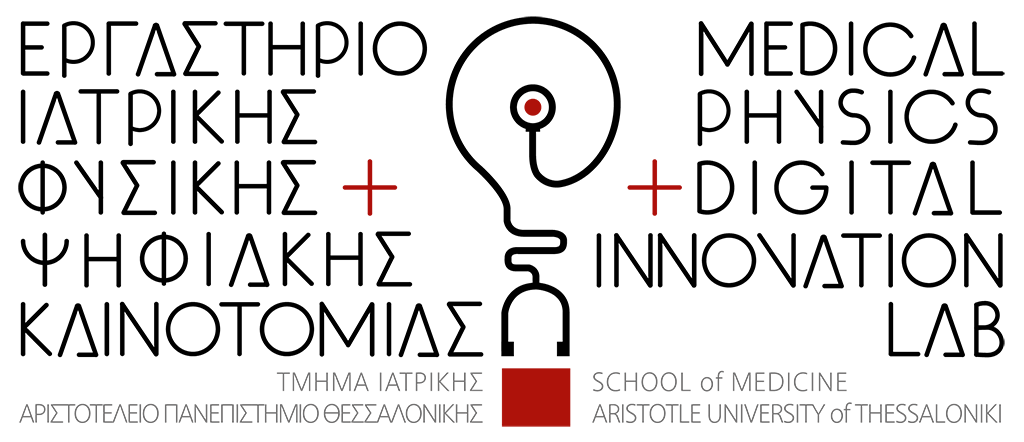Real-Time 3D Deformable Registration for Correcting Brain Shift Induced by Tumor Resection and Deep Brain Stimulation
Lecture by Dr. Nikos Chrisochoides, Wednesday 17-12-2014, 13.00pm-14.00pm, Library Information Center, Aristotle University of Thessaloniki
Dr. Nikos Chrisochoides earned his BSc from Mathematics Department at the Aristotle University of Thessaloniki. He is the Richard T. Cheng Distinguished Professor of Computer Science and John Simon Guggenheim Fellow in Medicine & Health. In 2012 he was elected Distinguished Visiting Fellow in the Royal Academy of Engineering in the UK. In 2008 he founded Medical Imaging Software Technologies LLC. Professor Chrisochoides received his Ph.D. in 1992 from Computer Science Department at Purdue University. He worked at Northeast Parallel Architectures Center in Syracuse University and Advanced Computing Research Institute at Cornell University. In 1997 he joined the Computer Science & Engineering Department at the University of Notre Dame and in 2000 the College of William and Mary. He has held visiting positions at MIT, Harvard Medical School, Brown University, NASA Langley Research Center, Eastern Forum of Science and Technology organized by Academy of Sciences in China, and Queen’s University in UK.
Abstract: We will present our recent work on real-time 3D deformable registration for Image Guided Diagnosis and Therapy for brain cancer and Deep Brain Stimulation (DBS). Minimizing residual tumor and maximizing preservation of healthy brain tissue have been associated with the improved prognosis and lower morbidity for the brain tumor patients undergoing surgical management. These tasks are facilitated by image-guided surgery. However the challenge with using image guided system during these procedures is the significant brain shift during tumor resection. The overall goal of our work is to provide improved accuracy of tumor resection by accurately fusing in real-time pre-operative MRI with intra-operative MRI or CT to account for the brain shift. In the second part of the talk we will address the application of the same technology to DBS for Parkinson’s disease. Finally, if there is time and interest we will conclude with our efforts in anatomic modeling for brain AVM (arteriovenous malformation) and blood flow diversions for brain aneurysms with stents.
